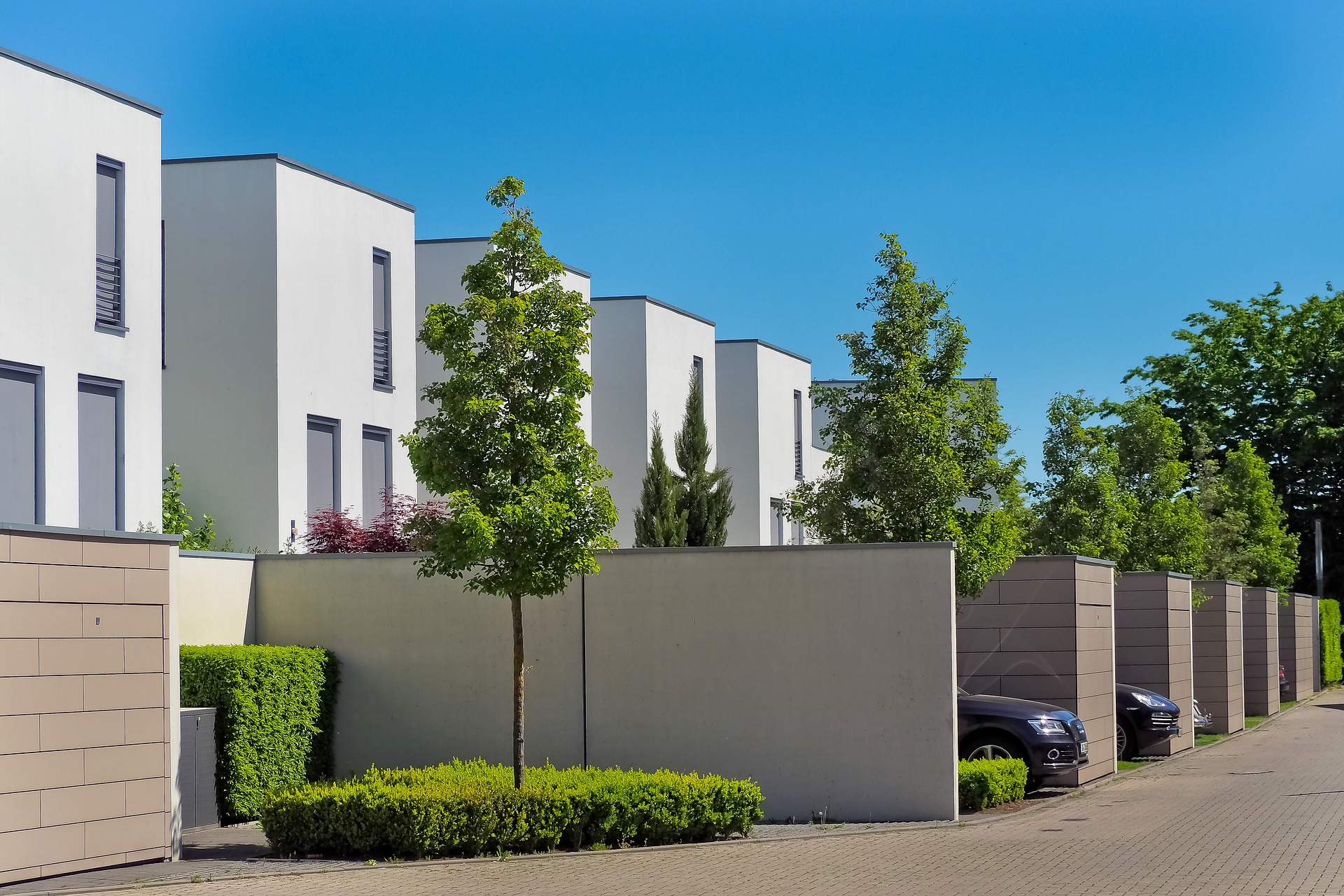Do you enjoy gardening but don't have a backyard or even much space to do it at all? There are several ways you can start gardening in an apartment. It's easy, fun, and rewarding. You can grow anything from herbs to vegetables with just a few simple steps.
Here are a few easy steps to help you get started with your own apartment gardening ideas.
1. Pick The Best Location
Deciding where to put the garden bed in the apartment is one of the most critical decisions. It will ensure the garden fits in with your space and fulfills its purpose at best. Here are some tips for deciding where to start apartment gardening:
- If you have limited floor space, use hanging containers next to the window or somewhere open like a balcony. Often, apartment window gardening can take less space than other garden options.
- Think about sunlight and shade patterns before deciding where to place the garden at home and which plants will thrive in these conditions. The more sun you can give your plants and vegetables, the better they will grow. Try an apartment gardening kit with artificial lights if you don't have much natural light.
- Choose a garden site somewhere you can see from your favorite room in the house. A great view will also motivate you to care for the plants.
- Ensure the height is comfortable for you to work in – you don't want to be reaching awkwardly or straining your back.
- Keep in mind, ventilation is also vital. So, it's a great idea to choose somewhere with good airflow, away from other aromatic plants that attract unwanted bugs.
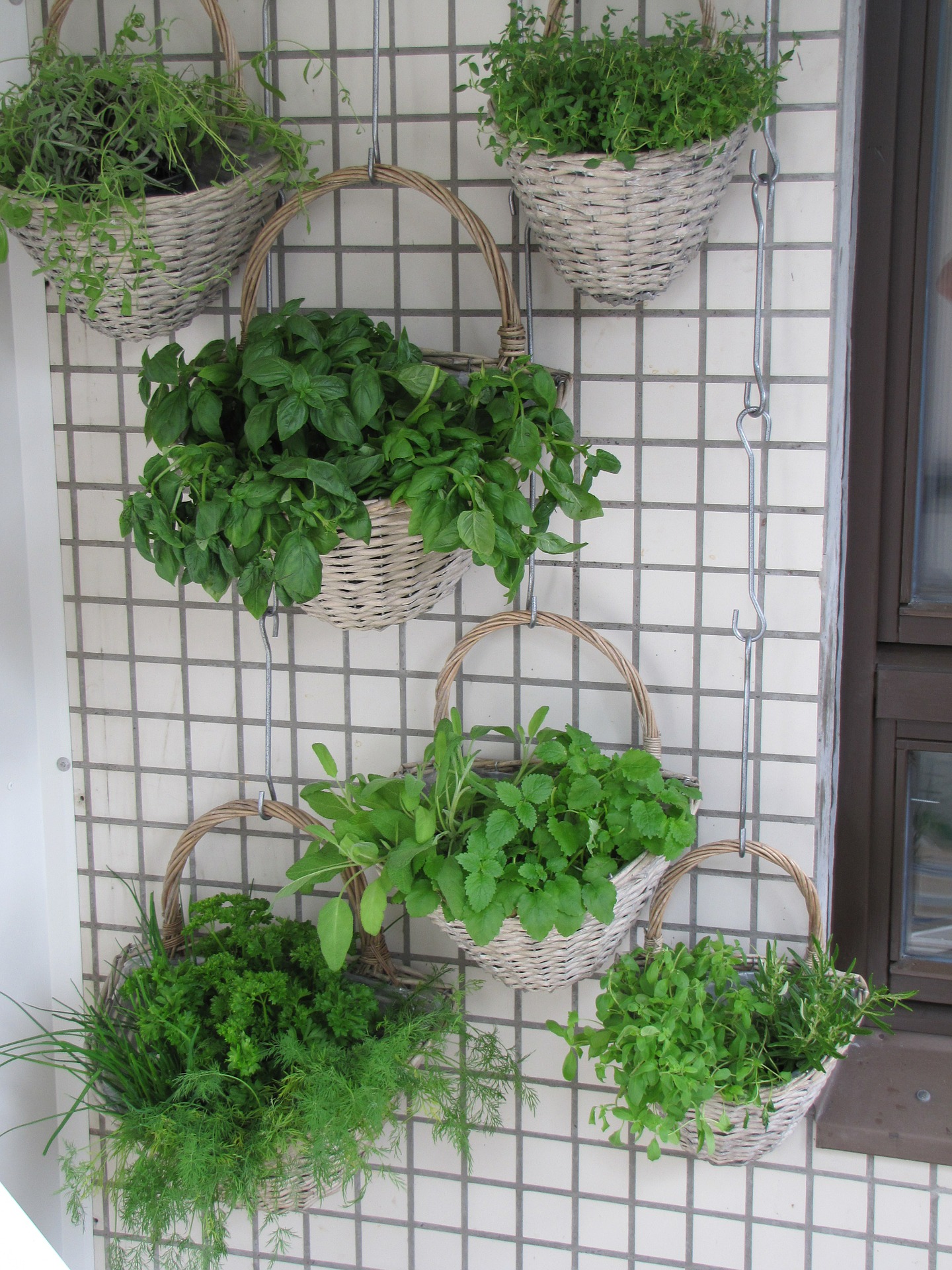
2. Choose The Type of Containers
When choosing the best container for apartment vegetable gardening, you should consider its size, shape, and depth. If you select a small container, the roots quickly become pot-bound, meaning limited nutrient intake.
On the other hand, if your container is too large, it can hold excess water, causing root rot or other problems from overwatering. Consider the depth of the containers; deep containers allow for more extensive root systems and more soil volume.
You should consider one plant per inch of hanging space for hanging baskets.
- Plant every 2-3 inches of hanging space when using grow bags.
- The general rule for larger containers is 20 plants per cubic foot, but this requires adjusting depending on plant size.
Containers are an effective way to garden indoors because they are portable. You can move them around to get the best light or to avoid the heat of the sun. They are also great for small spaces, like a balcony or patio.
There are different types of ideal containers for apartment gardening. They include solid, plastic, or metal containers, terra cotta or ceramic pots, tires, buckets, and tubs.
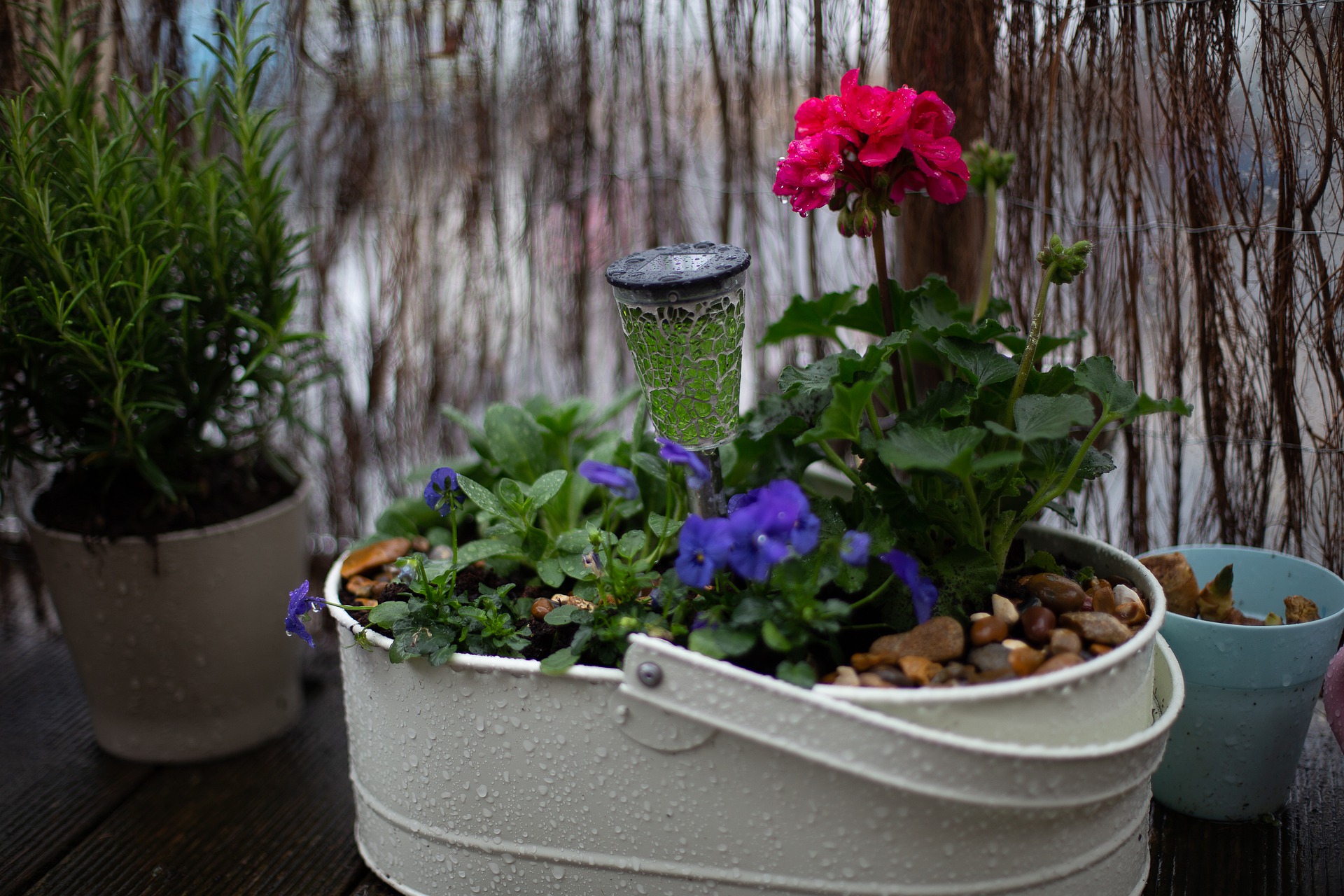
3. Prepare the Soil
Soil is the foundation of any apartment garden. It provides the nutrients, water, and anchor that your plants will need to survive. A good foundation will also provide drainage for excess water that your plants don't need. If you prepare your soil well enough, it can last indefinitely, with occasional replacement required in some cases.
However, not all plants need the same type of soil foundation. Some plants need a looser foundation, while others require a tighter, more solid foundation. The best way to learn how to prepare your soil is by consulting the specific needs of the plant you are trying to grow.
- Mix the soil with organic matter like compost, manure, or hummus. It will help to feed the plants and keep the soil healthy.
- Sandy soils need more organic matter than clayey soils.
- Improve clayey soils by adding sand, crushed stone, or gravel.
If your apartment doesn't have a balcony or terrace, you can instead do apartment hydroponic gardening where the soil isn't required.
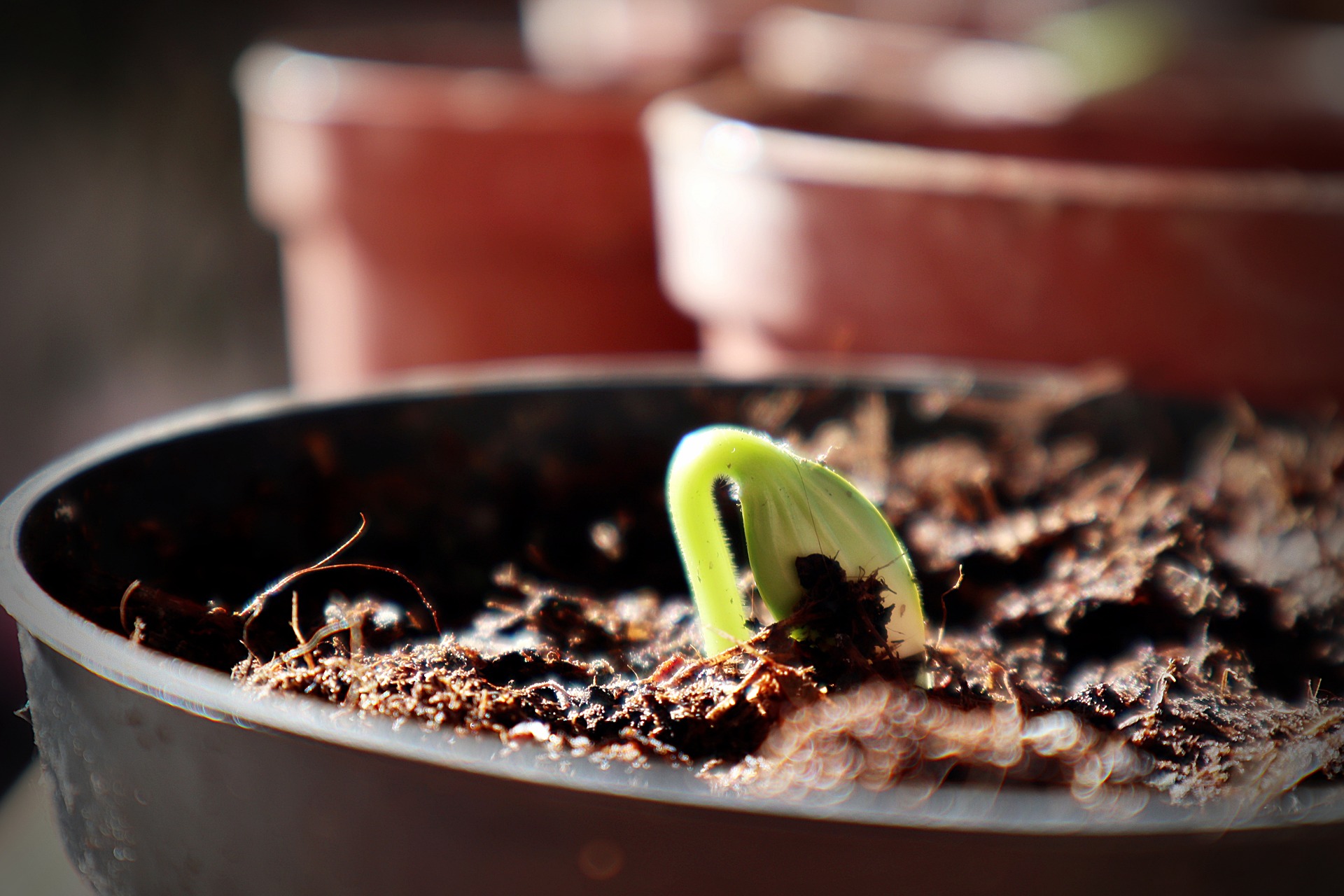
4. Decide What To Grow And Plant Them
The best way to get started in apartment gardening is to choose plants that are easy to grow. You can find a variety of plants that are well suited for indoor apartment gardening by looking online or at your local garden center. When selecting plants, be sure to consider the amount of sunlight your apartment receives and the size of the pot you will be using.
-
Herbs and Small Vegetables
Some plants make excellent choices for a garden apartment because they require very little space and can be grown in small containers. Herbs and vegetables such as lettuce and carrots can thrive when grown in pots on apartment patio gardening.
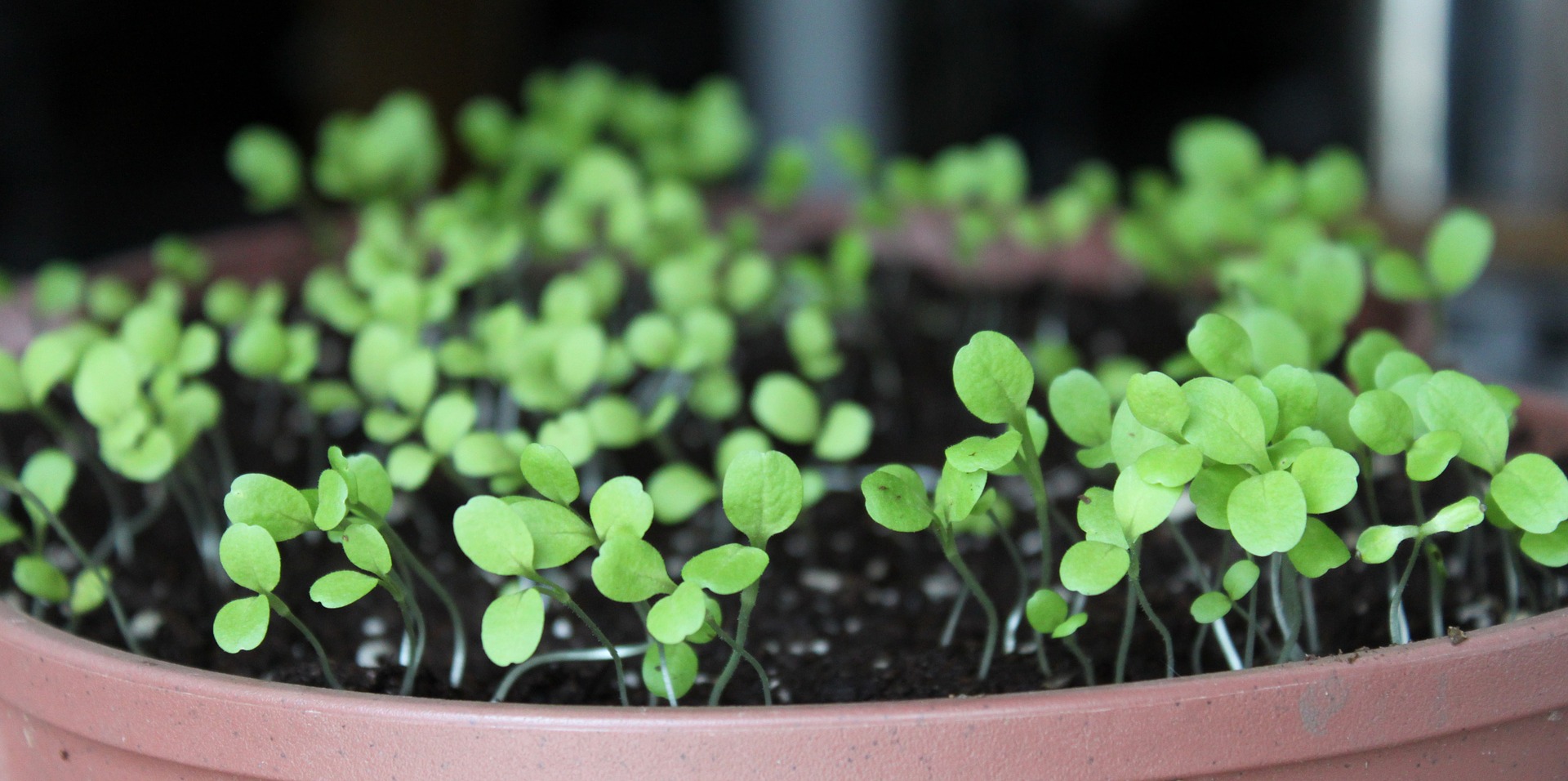
-
Houseplants
Many small houseplants are suitable for apartment gardening, such as aloe vera and weeping figs. Because they require very little fertilizer, water, and light, they can be cared for without difficulty—even by a beginner gardener. The best way to get started in apartment gardening is to choose plants that are easy to grow.
Gardening in an apartment is easier than you might think. Decide where your garden will be, choose the type of gardening kits for your plants, prepare the soil with nutrients, and then decide what you want to grow in your new space. It's that simple.

